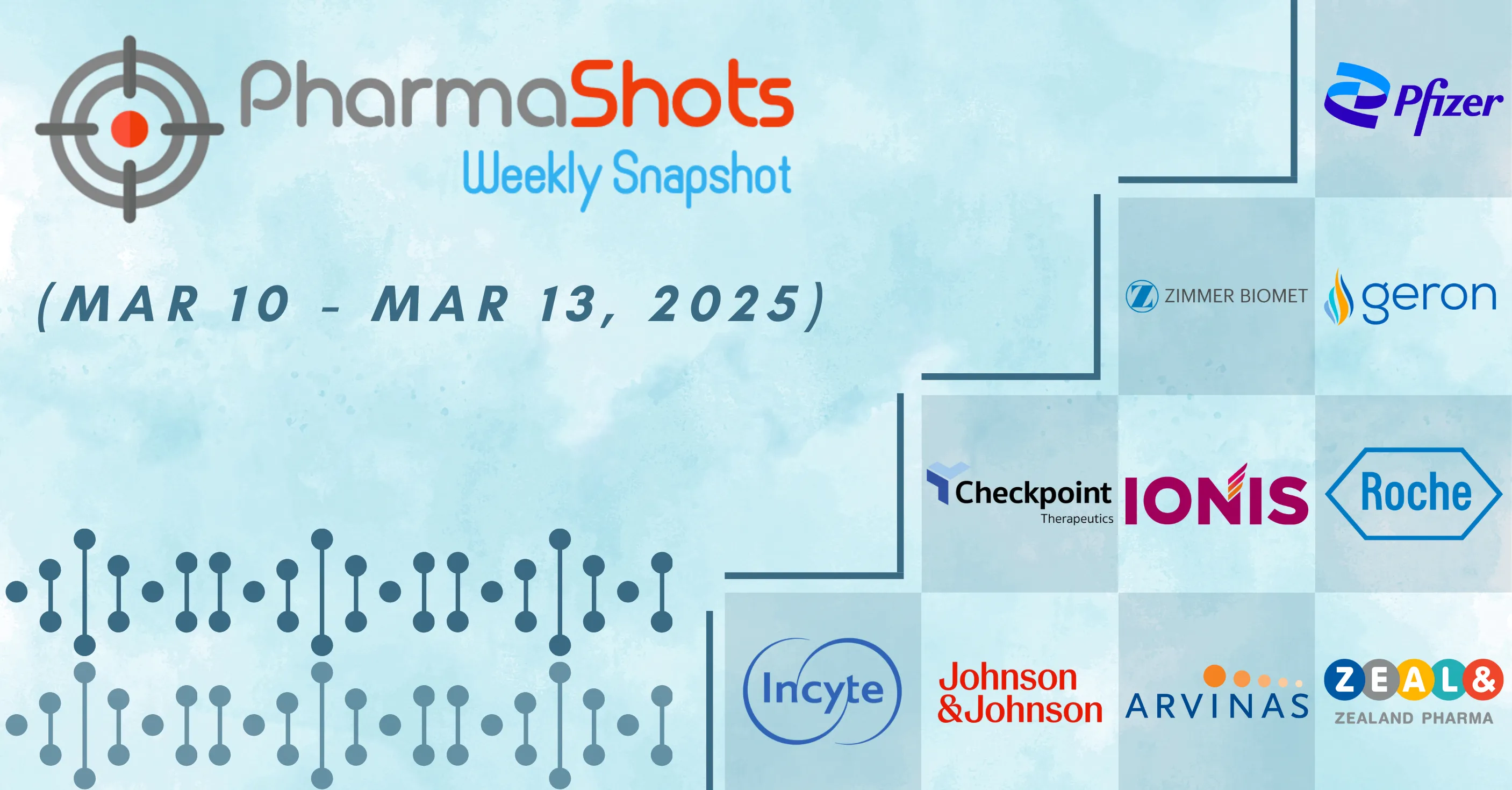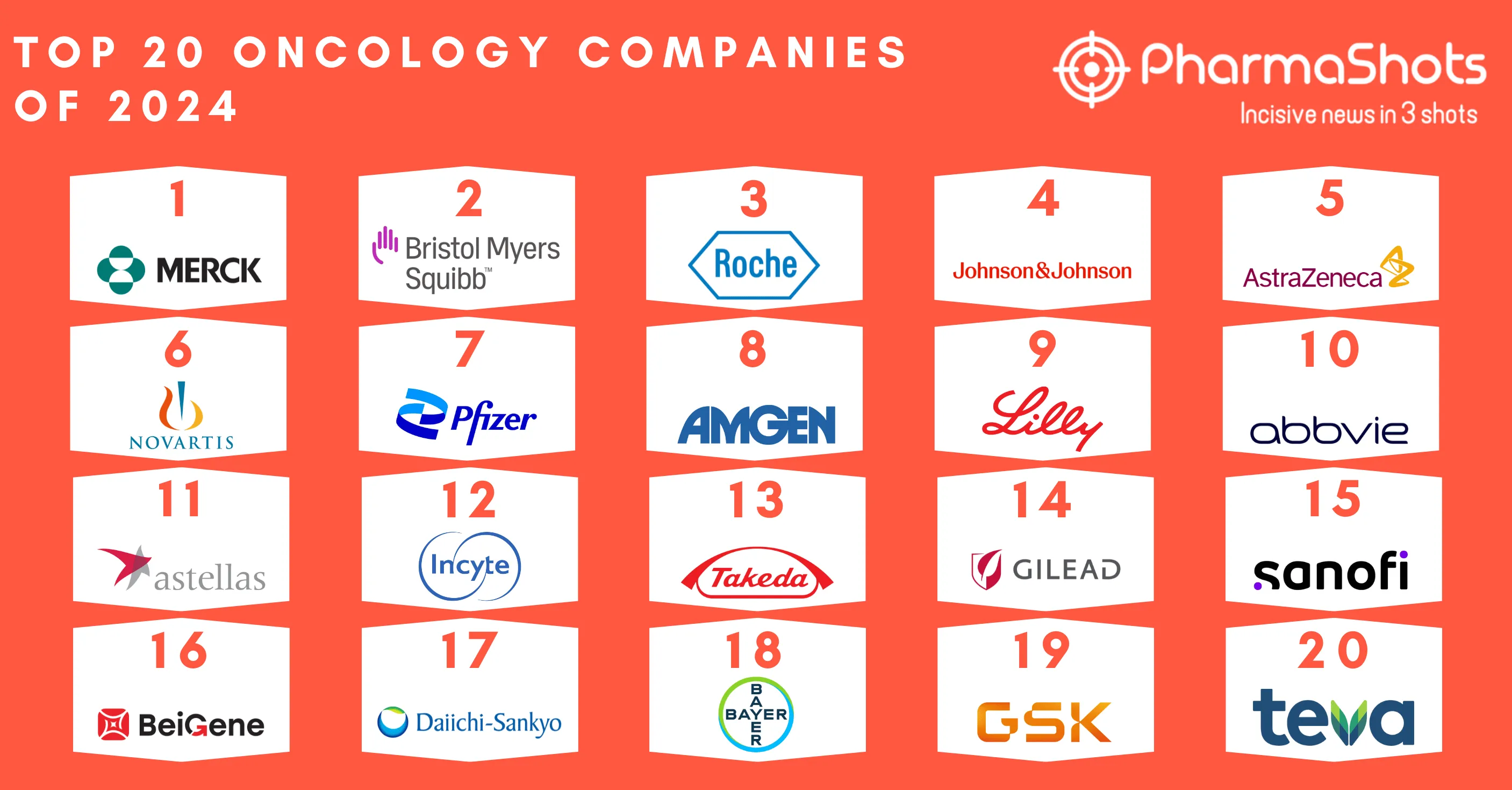
Innovent Collaborates with Bolt to Develop Three Oncology Boltbody ISAC Programs
Shots:
- Bolt to receive $5M up front in cash & $10M as an equity investment. Both companies will receive milestones & royalties on the development & commercialization of products in each other’s territories
- Innovent gets rights to all 3 programs in Greater China & holds an option to get WW license rights for 1 program & rights to all countries for other programs (Ex- NAM). Bolt retains an option to get WW license rights (Ex- Greater China) for 1 program & NAM rights for other programs
- Innovent will lead all R&D costs via POC. The companies can exercise licensing options for continued development & exclusive commercialization rights in countries on a program basis- following a review of POC data
| Ref: PR Newswire | Image: Innovent
Click here to read the full press release
Tags

This content piece was prepared by our former Senior Editor. She had expertise in life science research and was an avid reader. For any query reach out to us at connect@pharmashots.com














